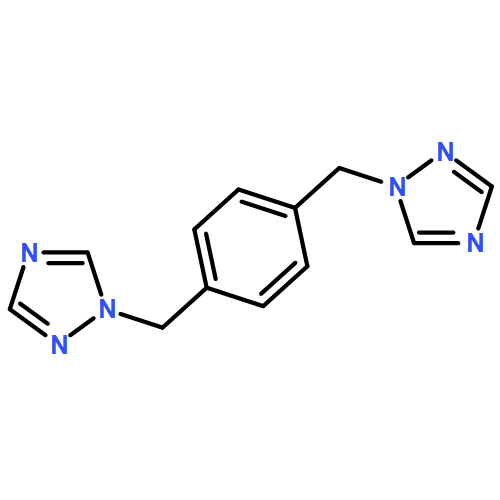In our efforts to investigate the influence of the backbone of different triazole-based bridging ligands on the structure of their metal complexes, four new coordination polymers, {[Cu(L1)2(H2O)2]Cl2}n (1), [Cu(L2)2Cl2]n (2), [Co(L2)2(SCN)2]n (3), and [Cu(L3)2(NO3)2]n (4), (L1 = 1,2-bis(triazol-1-ylmethyl)benzene, L2 = 1,3-bis(triazol-1-ylmethyl)benzene, L3 = 1,4-bis(triazol-1-ylmethyl)benzene), have been synthesized. All the complexes have been structurally characterized by IR, elemental analysis and single-crystal X-ray diffraction. Structural analyses show that 1 and 4 possess 2D coordination networks with (4,4) topology, and 1 shows a diagonal–diagonal inclined interpenetration. 2 and 3 are isostructural and feature 1D double chain, which further connected by C–H···Cl or π···π weak interactions to form 2D supramolecular frameworks. The results show that the structures of ligands (with different non-coordination backbone spacers) play important roles in the formation of such coordination architectures. Furthermore, EPR (Electron Paramagnetic Resonance) spectra of CuII complexes (1, 2, and 4) have been investigated in the solid state at room temperature.
![Image for unlabelled figure]()
Highlights► The effect of ligands’ structures [o-, m-, p-] has been studied in this work. ► EPR spectra of all CuII complexes have been investigated in detail. ► One rare diagonal–diagonal inclined interpenetration structure had been obtained.
